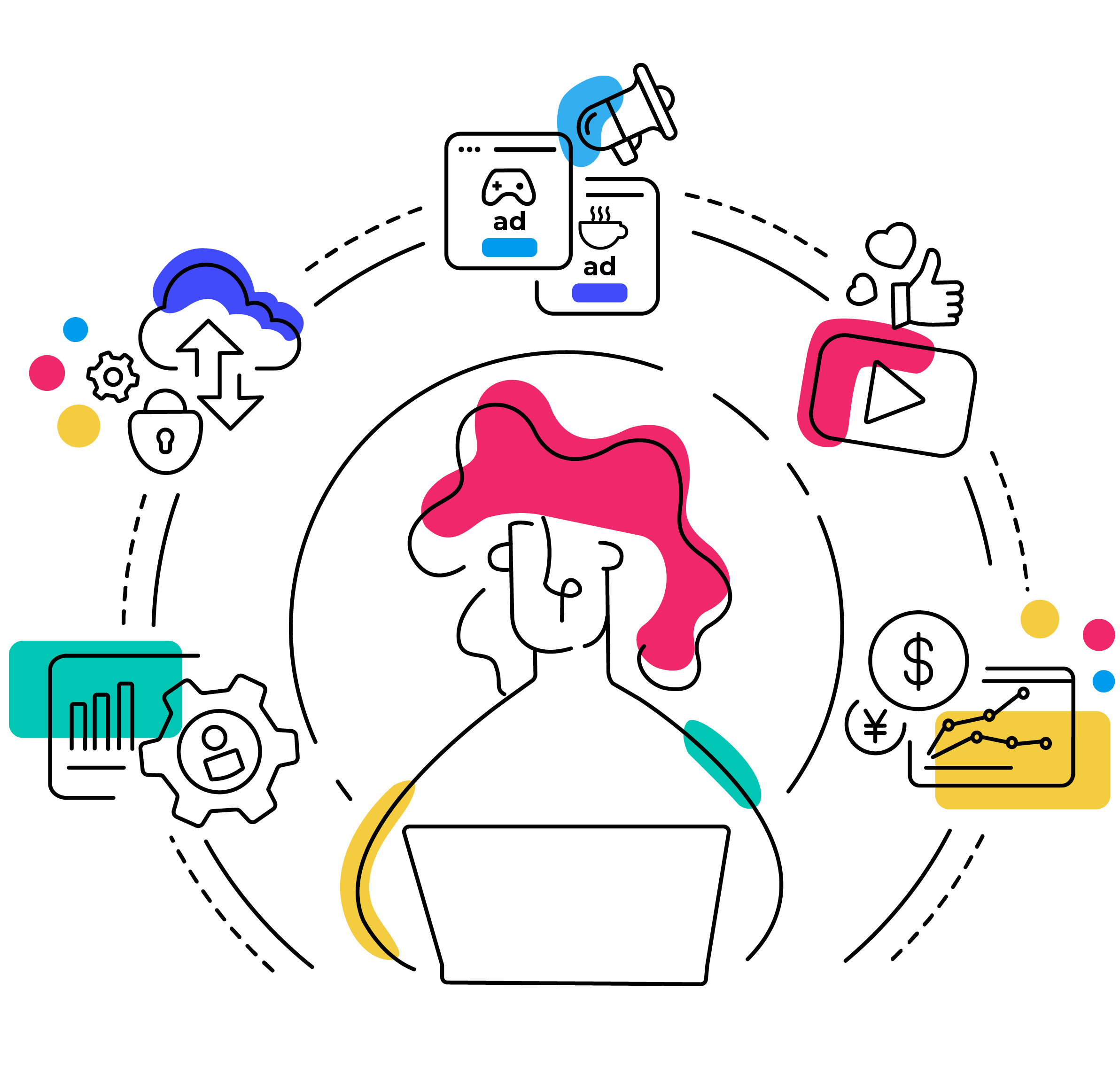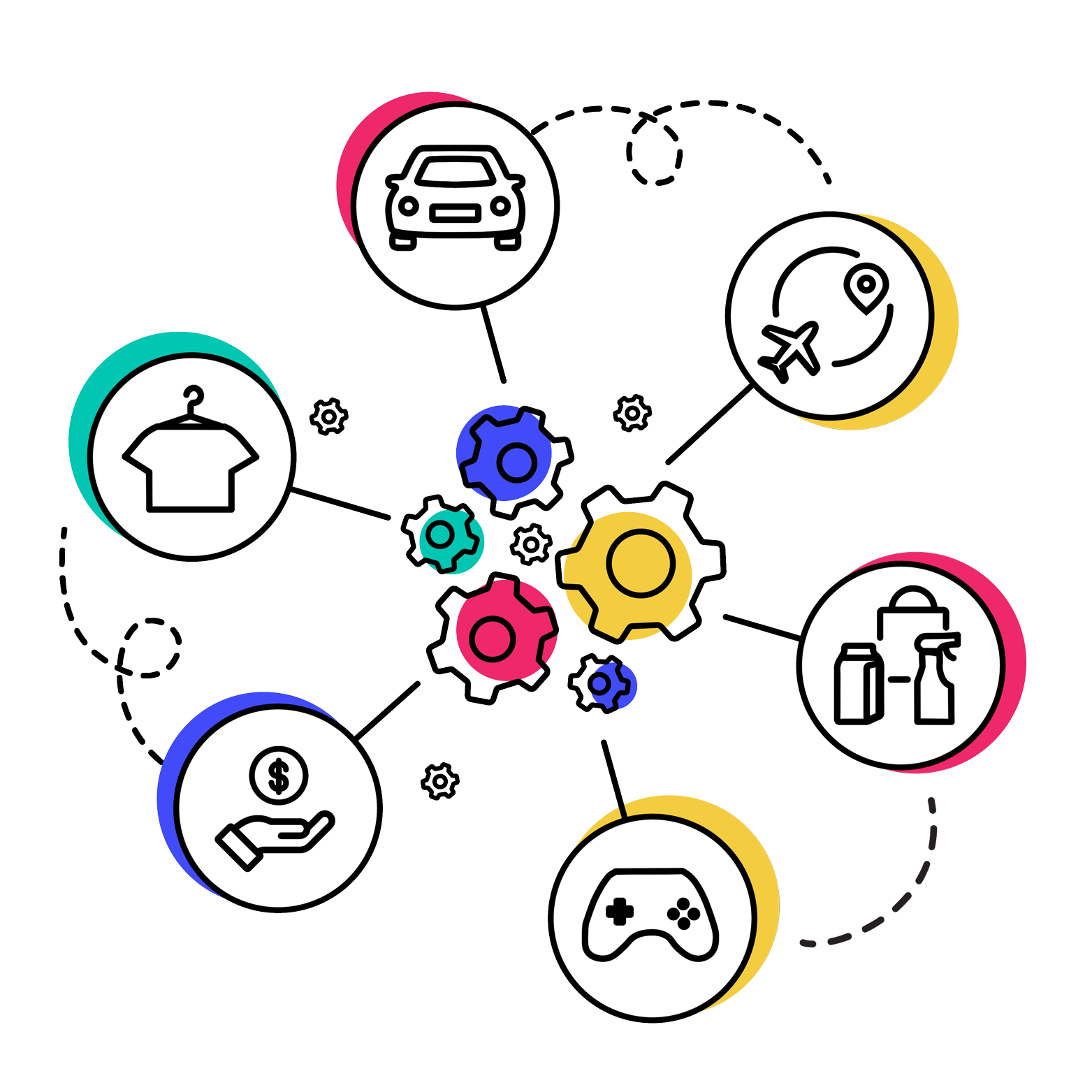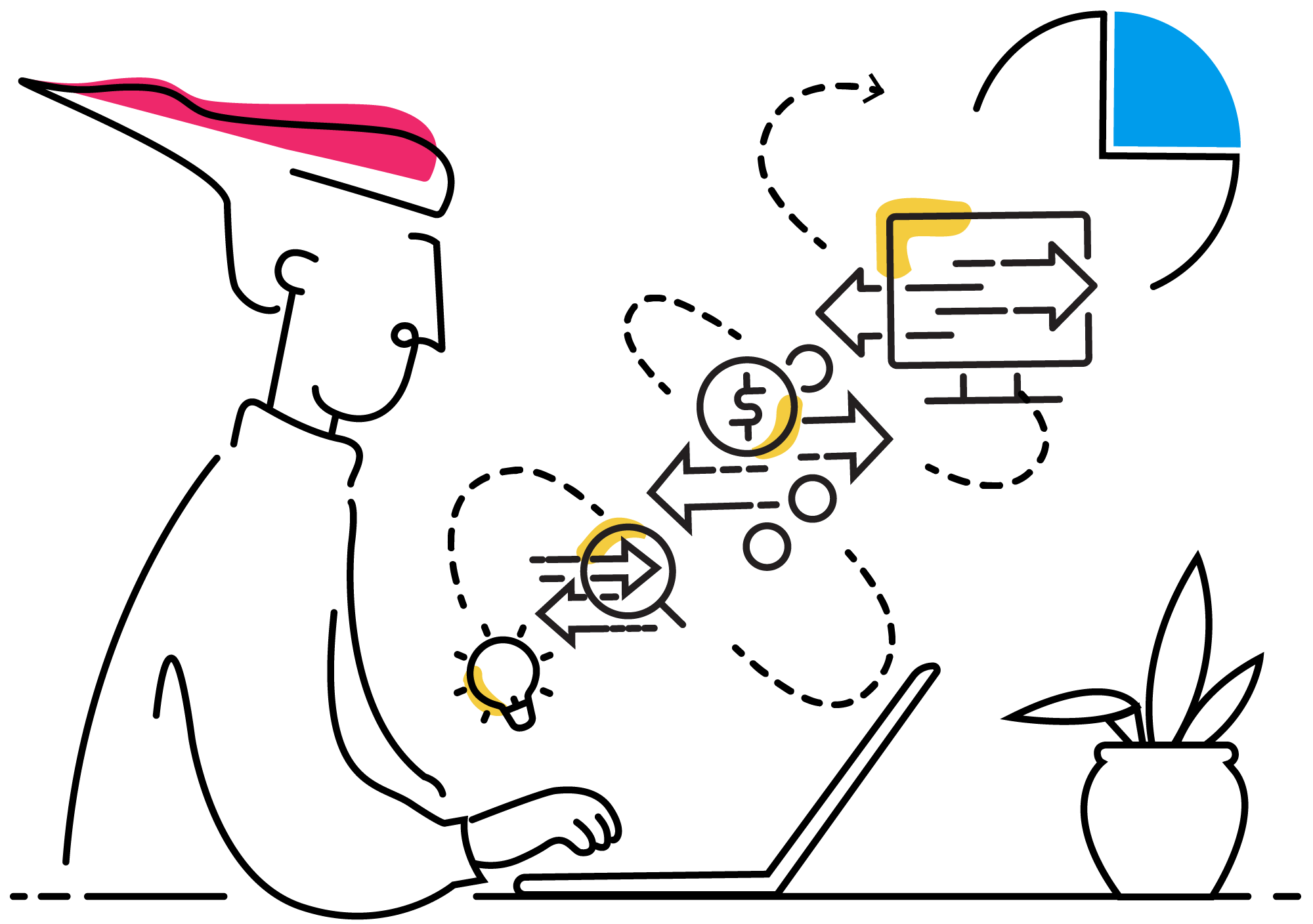
Whether you want to generate new versions one at a time or a thousand at a time, you can do it with just a few clicks.


No matter what tool you use to design your creative, building your concept with dynamic functionality is key to achieving creative at scale.


The technology fault line at the center of the creative-media gap—explained in detail.


Take a moment to consider what exactly is meant by great creative, and the role that ad tech—specifically, creative ad tech—plays in enabling it.


In a world where creative drives over 50% of campaign performance, over-indexing on media at the expense of creative causes a serious imbalance.


El monumental crecimiento de la TV Conectada (CTV), impulsado por la pandemia, ha cambiado para siempre el enfoque de las marcas en su estrategia omnicanal.

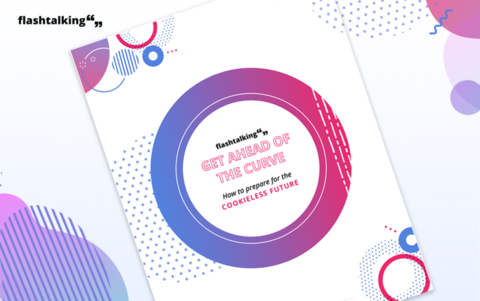
Con la próxima desaparición de las cookies de terceros en 2023, así como de los identificadores móviles (MAIDs), el mundo de la publicidad digital está buscando la forma de afrontar este reto y dar soluciones. Puesto que el nuevo entorno será mucho más complicado para la compra de medios, debido a la medición fragmentada de las campañas como consecuencia de las múltiples IDs.

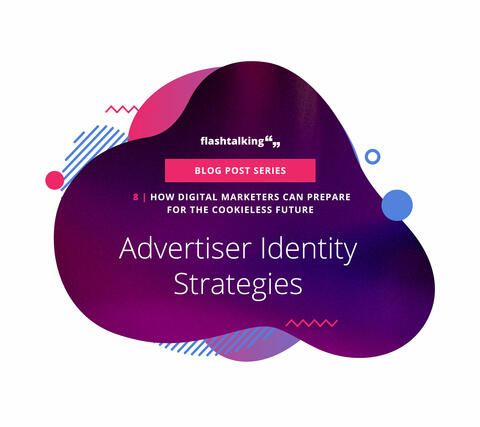
Just as there is no single technology that can replace the cookie, there is no one-size-fits-all identity strategy template for advertisers to follow. The identity strategy you will pursue depends on your starting point, and falls into three distinct categories that Flashtalking breaks down'.

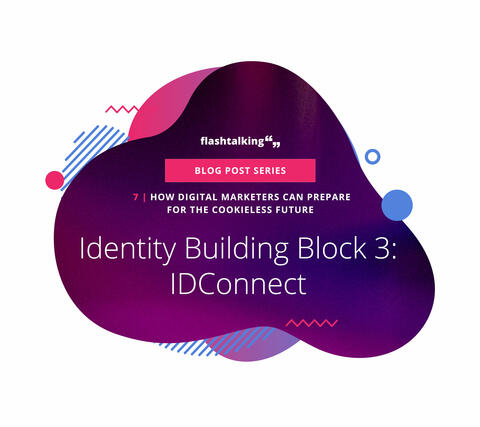
Our third building block of Flashtalking’s Identity Framework, IDConnect, provides digital marketers with the flexibility to specify their preferred customer identifier to be used within the Flashtalking platform from a first-party ID, a partner’s primary ID or the FTrack ID. IDConnect will then use this chosen identifier to orchestrate a single view of identity to support measurement and creative personalization, all without the need for cookies.



